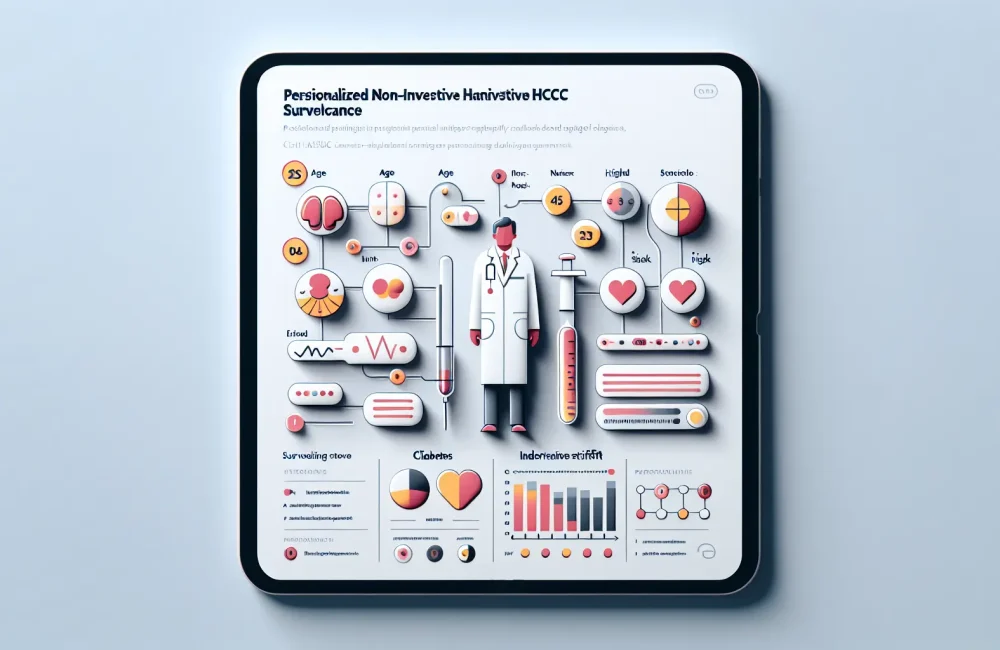By CAFMI AI From JAMA
The Shift in Managing Low-Risk DCIS
Low-risk ductal carcinoma in situ (DCIS) of the breast presents a complex clinical dilemma, particularly for clinicians managing breast cancer patients in the USA. Traditionally, DCIS—being a non-invasive precursor to invasive breast cancer—has been treated surgically to prevent progression. However, this approach is increasingly questioned as emerging evidence suggests that low-risk DCIS may not require immediate surgery. Low-risk DCIS is defined by pathology markers indicating a low likelihood of progression to invasive cancer. Recent clinical trials have explored active surveillance as a viable alternative, evaluating whether deferred surgery affects survival or recurrence rates. These studies indicate that for patients with low-risk pathology, the immediate risks and adversities linked with surgery, including anesthesia complications, surgical morbidity, and the psychological impact of a cancer diagnosis, might outweigh benefits. The potential for safely delaying or avoiding surgery could significantly alter patient experiences and healthcare resource utilization. As the debate evolves, clinicians are urged to weigh tumor biology, patient preferences, and comorbidities in determining management strategies. This shift aligns with broader trends in oncology towards precision medicine and individualized patient care, emphasizing less aggressive interventions when appropriate.
Clinical Trials and Evidence Guiding Surveillance vs Surgery
Several ongoing and recently completed randomized controlled trials have provided critical insights into the natural history and treatment outcomes for low-risk DCIS. These trials compare surgical excision with active surveillance protocols, which include regular imaging and clinical assessment without immediate surgery. Data so far reveal that immediate surgery does not always confer significant survival benefits for carefully selected low-risk patients. For example, 5 to 10-year follow-up data from some trials show low rates of progression to invasive cancer and modest differences in recurrence rates between surgery and surveillance groups. These findings suggest a potential paradigm shift but also underline the necessity of long-term data to confirm safety. Clinicians should note that while the risk of invasive progression is low, it is not zero, and therefore patient selection must be meticulous. Importantly, the trials emphasize shared decision-making, with detailed patient counseling regarding risks, benefits, and uncertainties. Moreover, the trials have highlighted the importance of robust surveillance protocols to promptly identify progression. These evidence-based insights are gradually informing updates to clinical guidelines and recommendations, although professional consensus is still evolving. Understanding these nuances helps healthcare professionals provide individualized patient-centric care while minimizing overtreatment and its associated burdens.
Practical Implications for Clinicians and Patient Care
For clinicians working in primary and specialty care in the USA, the evolving management of low-risk DCIS has several practical implications. First, patient selection is paramount: distinguishing low-risk from higher-risk DCIS relies on detailed pathological evaluation, including grade, size, and receptor status. Second, counseling patients about the option of active surveillance requires clear communication about the risks, benefits, and follow-up commitments involved. Patients must understand that surveillance involves regular mammograms and clinical appointments to monitor for signs of progression, emphasizing adherence to follow-up. Third, shared decision-making frameworks enable patients to weigh trade-offs between potential overtreatment and the anxiety of living with untreated DCIS. Fourth, healthcare systems must develop structured follow-up protocols and tracking to ensure patient safety and timely intervention if disease progression occurs. Lastly, clinicians should remain informed about ongoing research and evolving guidelines to adjust practices accordingly. Introducing non-surgical management as part of individualized treatment plans may reduce healthcare costs and improve patient quality of life by avoiding unnecessary procedures. However, until long-term outcome data are fully available, cautious adoption with robust informed consent processes is recommended. Overall, this represents a nuanced shift in clinical workflows, prioritizing patient-centered care and evidence-based decision-making in breast cancer management.
Read The Original Publication Here






